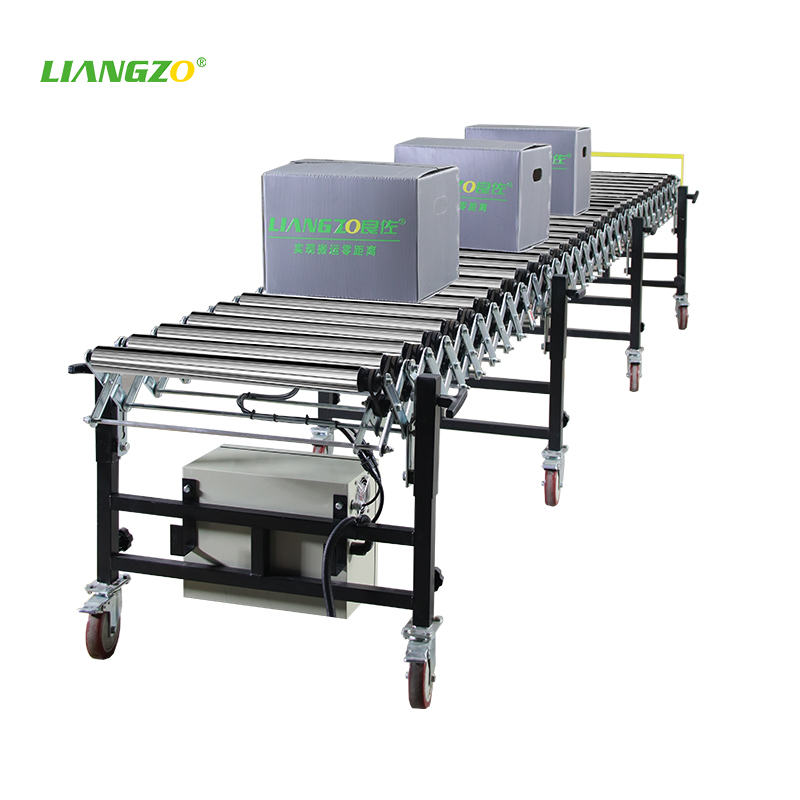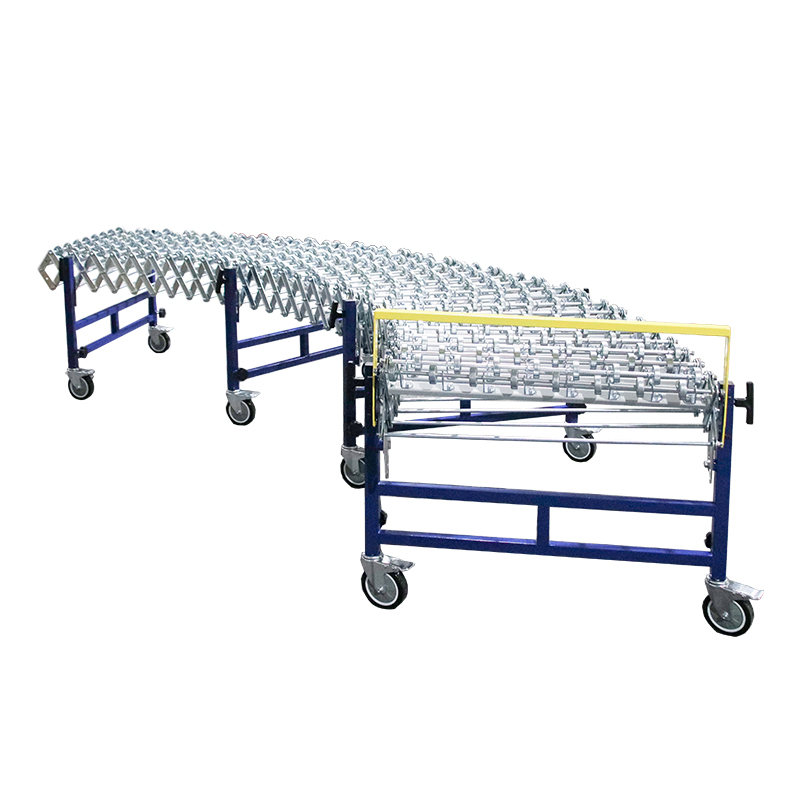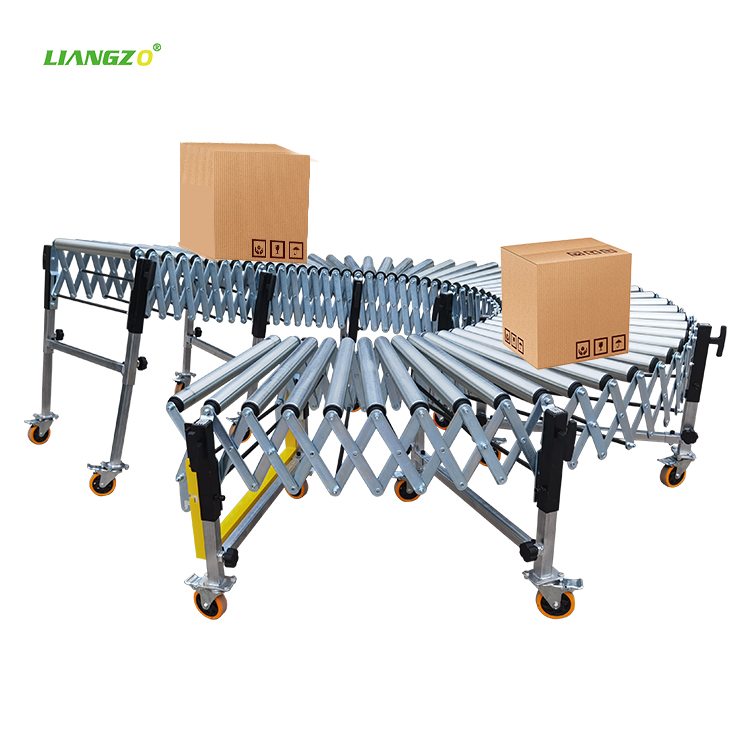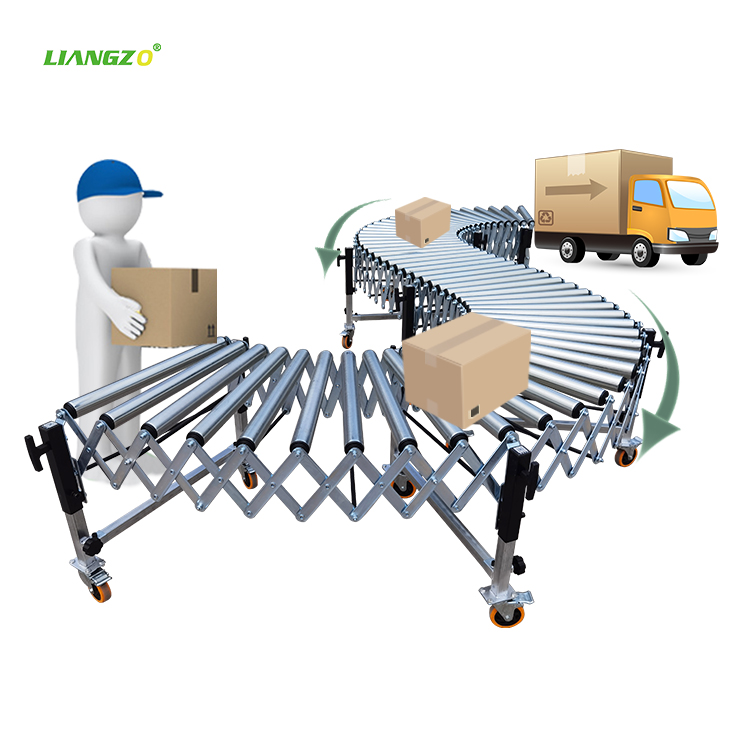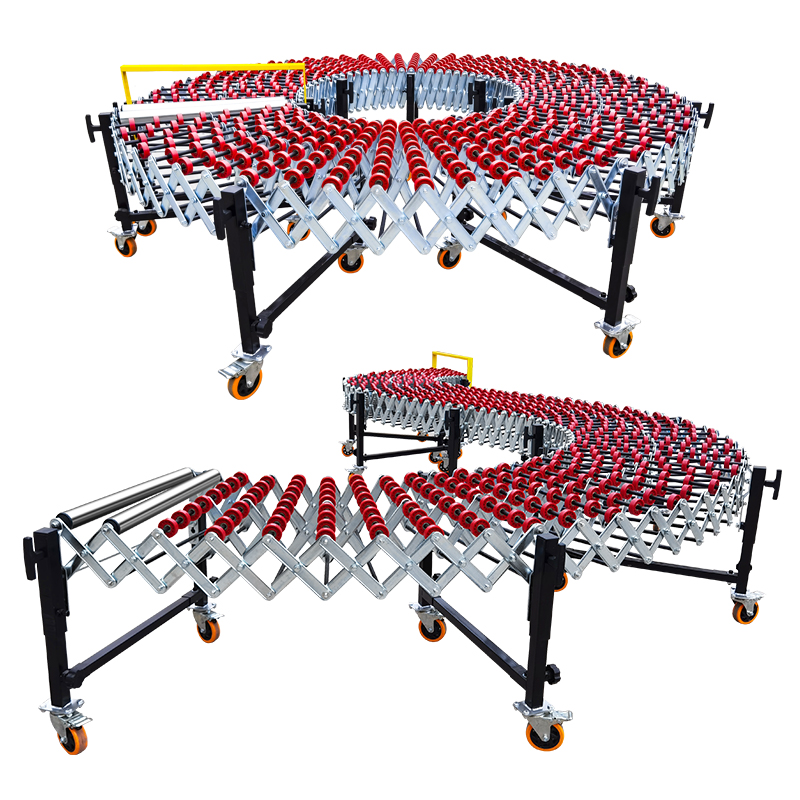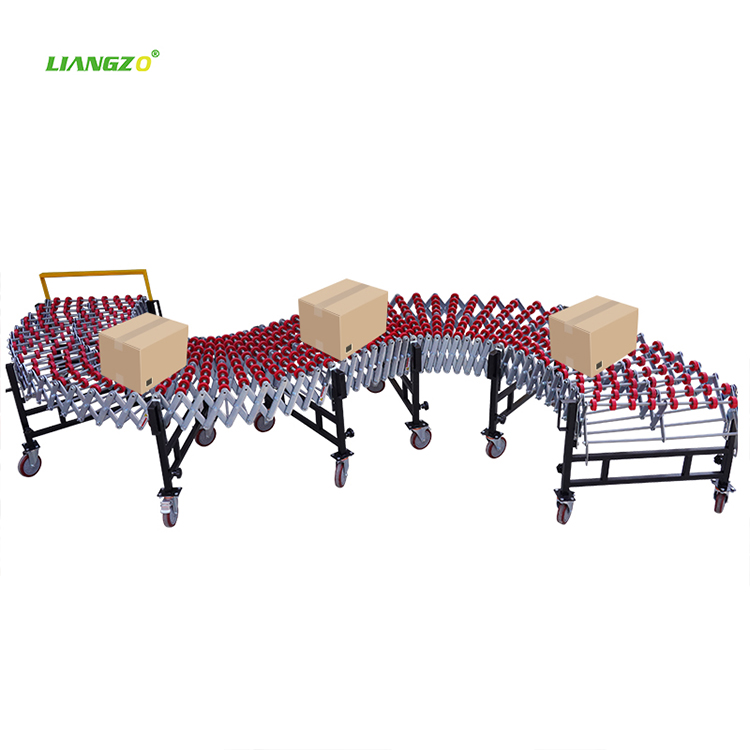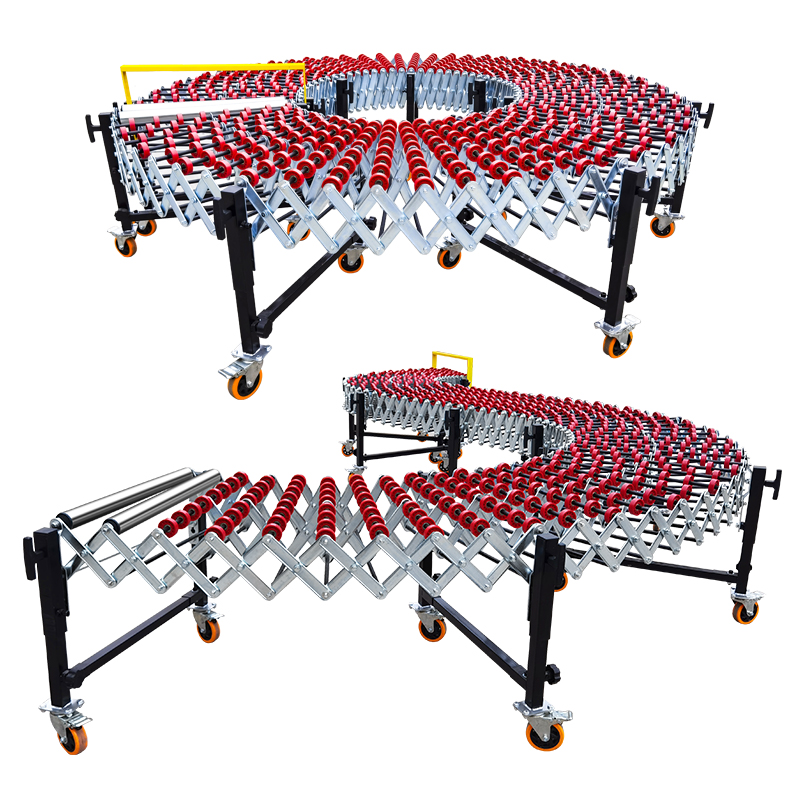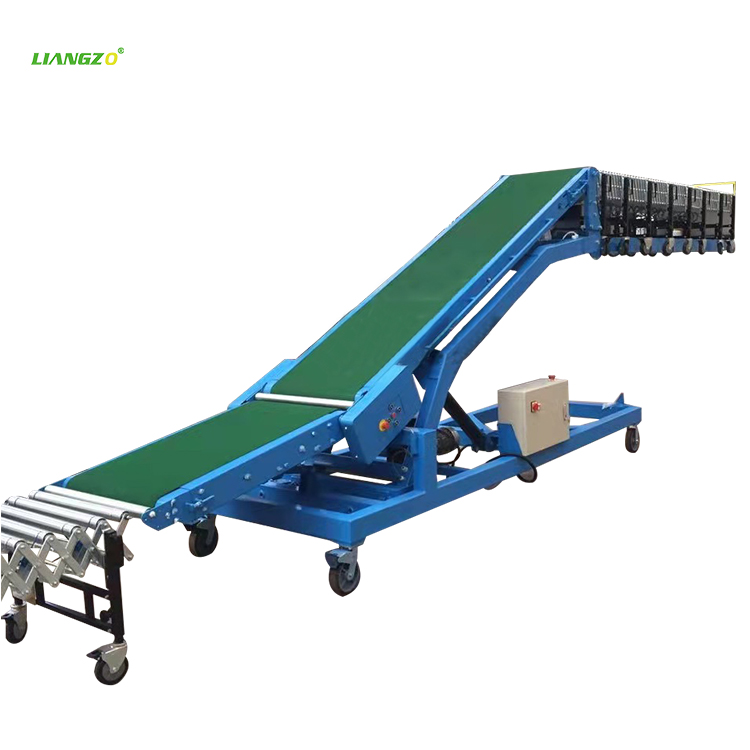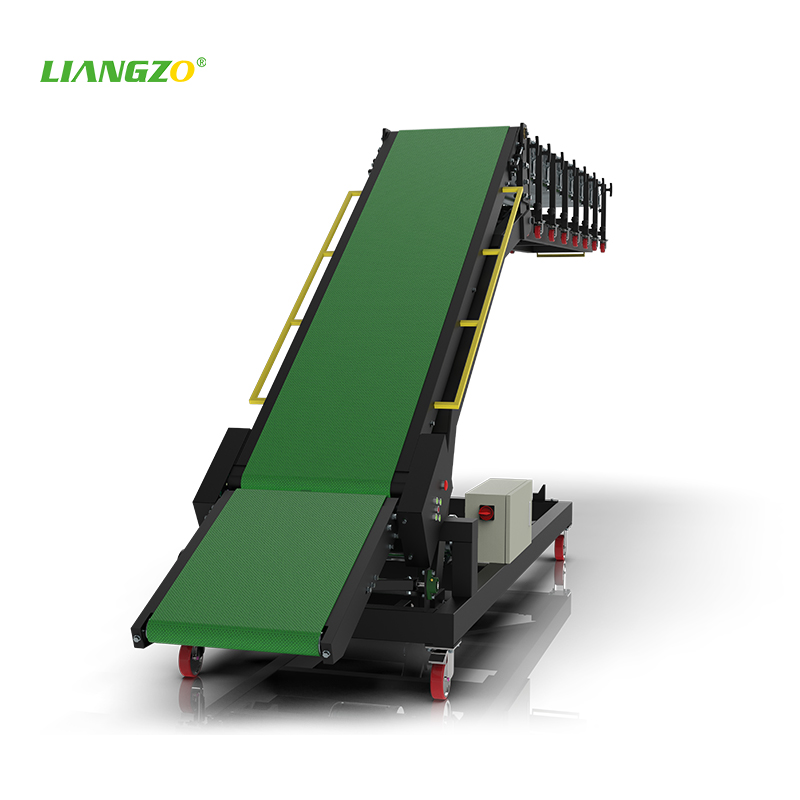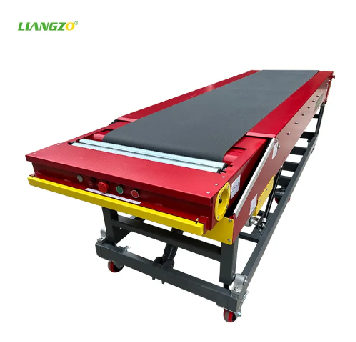**What Is an Inclined Belt Conveyor?
An inclined belt conveyor is a mechanized system designed to move bulk materials—such as grains, ores, packages, or raw industrial components—along a raised or lowered path. Unlike traditional horizontal conveyors, these systems operate at angles ranging from 15° to 30°, though advanced models can handle steeper inclines up to 45° using specialized cleated or ribbed belts.
Key components include:
- **Conveyor Belt**: Made of rubber, PVC, or reinforced fabric to withstand friction and load.
- **Pulleys**: Drive pulleys for motion and snub pulleys to increase belt tension.
- **Idlers/Frames**: Support structures that maintain belt alignment.
- **Cleats/High-Friction Surfaces**: Prevent material slippage on steep slopes.
- **Drive Systems**: Electric motors with variable speed controls for precision.
---
**Industry Applications: Where Inclined Conveyors Shine**
**1. Mining and Quarrying**
Inclined conveyors are indispensable in mining operations, transporting coal, iron ore, and aggregates from deep pits to processing plants. For example, Rio Tinto’s Pilbara iron ore mines in Australia deploy 30° inclined systems to move 5,000 tons of material per hour, reducing reliance on diesel trucks and cutting CO₂ emissions by 15%.
**2. Agriculture and Food Processing**
Grain silos and packaging facilities use food-grade inclined belts to elevate crops like wheat and rice. In Brazil, soy processing plants leverage 25° conveyors to load ships at ports, slashing labor costs by 40%.
**3. E-Commerce and Logistics**
Amazon’s fulfillment centers utilize inclined conveyors with AI-powered sorting arms to route packages to loading docks. During peak seasons, these systems handle over 1 million parcels daily, ensuring next-day delivery promises.
**4. Recycling and Waste Management**
Waste-to-energy plants in Sweden employ steep 40° conveyors to lift municipal waste into incinerators, achieving 90% efficiency in feedstock delivery.
**5. Automotive Manufacturing**
Tesla’s Gigafactories use inclined conveyors to transport battery components between production floors, streamlining assembly line workflows.
---
**Market Growth: Drivers and Trends**
According to Allied Market Research, the global conveyor market—valued at $8.7 billion in 2022—is being propelled by:
- **Automation**: Manufacturers are replacing manual labor with automated systems to reduce errors and costs.
- **Sustainability Goals**: Inclined conveyors minimize energy use compared to forklifts or trucks.
- **E-Commerce Expansion**: Online retail giants demand faster, higher-capacity logistics solutions.
- **Mining Boom**: Rising demand for lithium, copper, and rare earth metals fuels conveyor adoption.
Regionally, Asia-Pacific dominates with 38% market share (China and India leading), while North America sees growth in food processing and pharmaceuticals.
---
**Innovations Redefining the Technology**
**1. Smart Conveyors with IoT Integration**
Siemens’ *SIMOVE* system embeds sensors in conveyor belts to monitor wear, temperature, and load in real time. Predictive maintenance algorithms reduce downtime by 30%.
**2. Energy-Efficient Designs**
Bosch Rexroth’s regenerative drives capture kinetic energy during descent, cutting power consumption by 25%.
**3. Hybrid Vertical-Inclined Systems**
Companies like BEUMER Group combine incline conveyors with vertical lifts (e.g., the *Pocketlift*) to save floor space in urban warehouses.
**4. Self-Cleaning Belts**
3M’s anti-stick polymer coatings prevent material residue, critical in food and chemical industries.
**5. AI-Powered Sorting**
FedEx’s *SenseAware* system uses computer vision to identify and reroute packages mid-transit, optimizing delivery routes.
---
**Challenges and Solutions**
**Material Slippage**: Steeper angles risk product rollback. Fixes include textured belts and cleats.
**Belt Wear**: Abrasive materials like coal degrade belts. Solution: Replaceable ceramic-lined idlers.
**Space Constraints**: Hybrid vertical-incline designs maximize footprint efficiency.
---
**The Road Ahead: Future Trends**
1. **Green Conveyors**: Solar-powered systems and biodegradable belts (e.g., Phoenix Conveyor Belts’ 100% recyclable materials).
2. **AI-Driven Autonomy**: Fully automated systems requiring zero human intervention.
3. **Hyperloop-Inspired Speed**: Magnetic levitation (maglev) belts for high-speed transport.
4. **Modular Designs**: Plug-and-play conveyors for rapid deployment in disaster relief or temporary sites.
---
**Conclusion**
Inclined belt conveyors are no longer mere tools but strategic assets driving efficiency, sustainability, and scalability. As industries grapple with labor shortages and climate mandates, these systems will remain at the forefront of the material handling revolution. From mines to megawarehouses, the humble inclined conveyor is proving that sometimes, the simplest angle can tilt the scales of progress.


